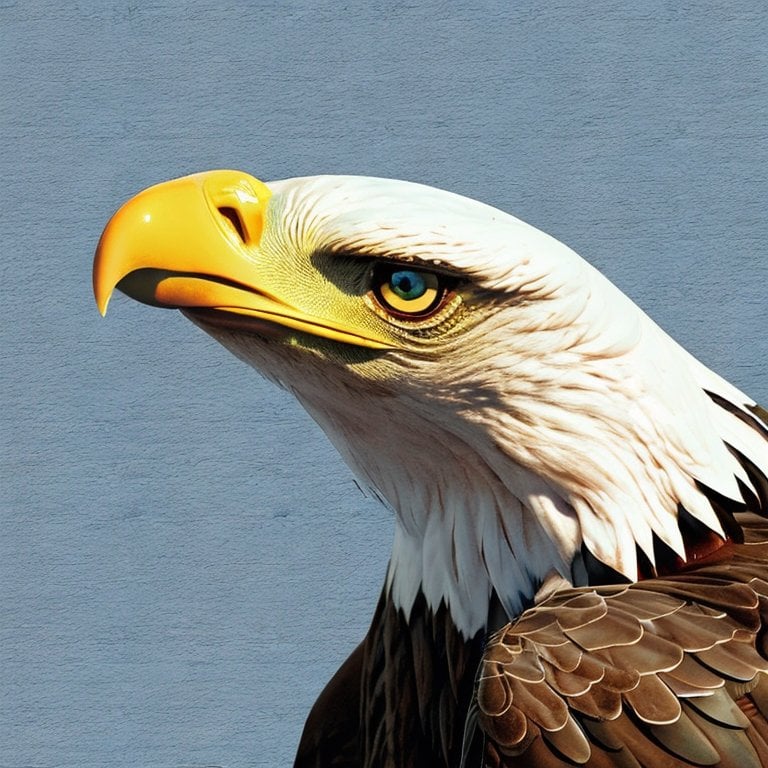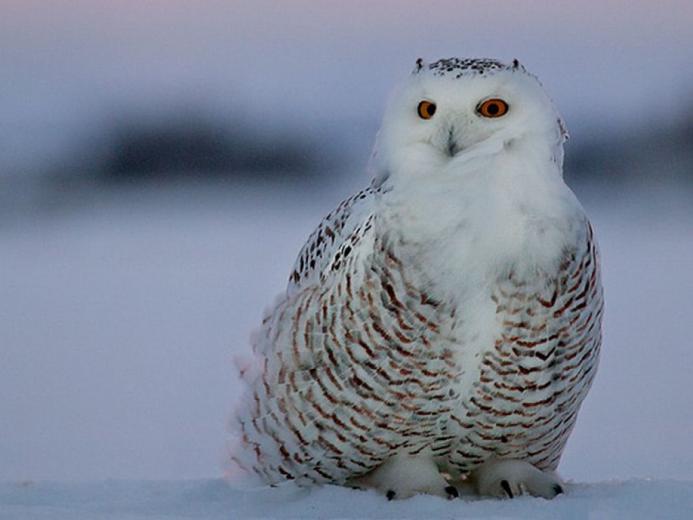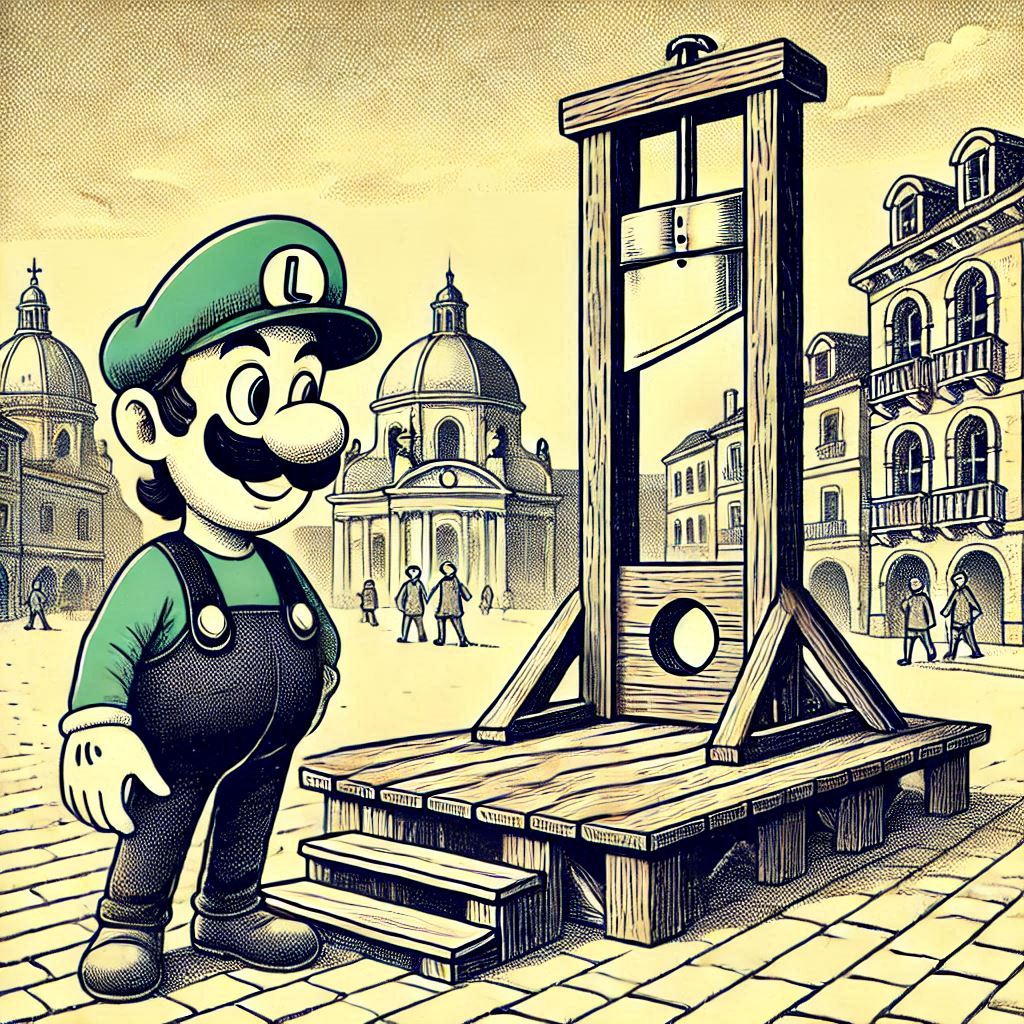- cross-posted to:
- [email protected]
- cross-posted to:
- [email protected]
webp is a fine format, blame the websites that disallow webp upload, but then proceed to convert the image to webp anyway
< Insert XKCD comic strip about new standards here >
Cloudflare zero trust apps allow webp images on initial creation, then arbitrarily disallow webp on edit. You can’t edit until you replace the image you already uploaded, and the system accepted.
My favorite are sites that convert gifs to mp4s that are then displayed as animated webps.
I blame Google for killing JPEG XL in favor of webp
Webp is good and this meme is shit and played out
its interesting to me that this is only really an issue on proprietary OS’s (mac/windows) as i’ve never had an issue with any image or video formats when using linux. i use all three but linux is my primary OS. mac/windows mostly stay at work.
Os X has supported webp for years.
yeah macOS supports webp now (since ~2020), but it lacked support for a decade, causing frustration for its users and anyone trying to support macOS/Safari.
I grew up on macOS, until a few years ago where I actually had my own personal computer for the first time, which had windows pre installed, so i used that and like it a lot more than macOS, i just felt so much more free, and the general workflow felt more intuitive to me, then, early this year, i switched to Linux and there’s no way in hell I’ll ever go back. In just a couple months I learned more about how computers worked than I did over something like 12 years of using computers as a teen. It’s really crazy to me how once you get something set up on Linux, it just works, and all of the documentation is open and detailed!
DAT and DDC were great as well. Beta too. But sometimes good enough (like JPG and VHS) is good enough.
Yeah, let’s stick with obsolete (JPEG) formats, so no one needs to improve their loaders (very hard), and people can continue to use that funny video editor that came with some old version of Windows without converters (very evil, Irfanview does not have the same meme potential as WinRAR).
betacam was better than vhs, and was used in the broadcasting industry. It was better than vhs.
Betamax, which is the one you’re talking about, is not the same format, and actually equal to or slightly inferior to vhs.
That’s not actually true. Technology connections made a few videos about it.
Beta bs VHS: https://youtu.be/hWl9Wux7iVY
The broadcasting Beta format was basically a whole different format compared to that you could get at home. Completely unrelated.
Studio Beta https://youtu.be/hGVVAQVdEOs
isn’t that exactly what i said? Betacam (studio) vs betamax (consumer)
I really don’t get the WebP hate, it’s a good format. It’s better than PNG and JPG.
Though you couldn’t set the bar any lower without it turning into a joke.
Anyhow, to quote Wikipedia:
Comparing different encodings (JPEG, x264, and WebP) of a reference image, she stated that the quality of the WebP-encoded result was the worst of the three, mostly because of blurriness on the image. […] In October 2013, Josh Aas from Mozilla Research published a comprehensive study of current lossy encoding techniques and was not able to conclude that WebP outperformed JPEG by any significant margin
All while having significantly increased complexity. The blurriness problem was inherited from the video codec webp was based on. When you can’t beat an 18 years old format, don’t be surprised when people get irritated when you use your position to get it mandated into a standard, while later stalking actual improvements (JPEG XL).
Is JXL in actual use? Is it supported? I reckon it’s quite new, innit? D’you happen to.know how it compares to its peers?
It’s not supported by either Chromium or Firefox, which is part of the issue (Google basically decided against it with arguments that are much better suited against WebP, which they pushed some years ago).
There aren’t that many static image codec comparisons, for example there is https://giannirosato.com/blog/post/image-comparison/. https://afontenot.github.io/image-formats-comparison/ doesn’t even include WebP because the test suite uses features unsupported by it (YUV 4:4:4). In the ones I do find, WebP usually wins against good JPEG at low bitrates, but loses on high bitrates because of the blurriness issue. They both get beaten by JPEG XL and AVIF. Which one is better probably depends on whom you ask. The before linked comparison prefers JPEG XL by a slim margin, https://tonisagrista.com/blog/2023/jpegxl-vs-avif/ strongly favors JPEG XL.
It’s just tech illiterate being “oh no my image program not open this 10 year old new format”
JPEG-XL exists, is factually better, and is not patent encumbered.
How is WebP “patent encumbered”? It’s an open format.
Open is not the same as patent-free, the two things can coexist (and they do in the case of webp).
It’s open to write the code, but in order to be authorized to use it you have to get a permit from Google. You can’t eg.: fork from Firefox and use their permit (as you implicitly could with patent-free). Plus, Google can rescind their patent grant at any point, which they are bound to do once they secure ownership of the internet.
That’s just not true.
Yes, but that is actually almost “incompatible with every app and website”
A file format can not, by itself, be “incompatible” with a website. What matters is the browser, and Firefox at least is adding support (slowly), and they are the ones who matter ATM.
does jpeg xl support animated images?
It does, yes, but from what I gather it’s rather difficult to actually encode such an animated image compared to, say, a GIF. Display should work just fine.
PNG is lossless, so isn’t that like comparing apples to oranges?
Edit: Apparently webp can also be lossless. I don’t know anything.
wdym “terrible quality loss”; for one their lossless beats PNG
They had a better joke, but they converted it to a Webp and lost the punchline.
This depends, if your image contains a lot of flat colours (like a screenshot of a website) then PNG can actually give you smaller file sizes than lossless webp. But for most images (especially ones with compression artefacts) lossless webp gives smaller sizes.
But that’s not got anything to do with quality. That’s compression size
Lossless encoding, by definition, won’t have any quality loss.
Watch some startup “invent” a revolutionary lossless format that discards some information.
Fuuuuuck. There goes another business idea. 😂
did that ages ago
That’s the point of revolution, no?
Going back to something that was in the past, except giving it a new name and context:P
Huh? The OP literally said “their lossless beats png” and then you proceeded to talk about file size which wasn’t ever part of the conversation. The conversation was about quality.
deleted by creator
But for most images (especially ones with compression artefacts) lossless webp gives smaller sizes.
And if you already have compression artifacts, what use is lossless?
Only time you would want it is when you are uploading comparison photos specifically showing compression artifacts created from some other compression result.
That’s a bit to niche to make it worthwhile.And if you already have compression artifacts, what use is lossless?
To further reduce file size without further reducing quality.
There are probably billions of jpeg files out there in the world already encoded in lossy JPEG, with no corresponding higher quality version actually available (e.g., the camera that captures the image and immediately saves it as JPEG). We shouldn’t simply accept that those file sizes are going to forever be stuck, and can think through codecs that further compress the file size losslessly from there.
Wait, so lossless webp manages to be smaller than even lossy jpg, while also having to losslessly reproduce jpeg artifacts, which tends to otherwise greatly increase file sizes (as compared to the original lossless file) in lossless formats?
JPEG XL has a mode for losslessly encoding any lossy JPEG into a smaller file size without any loss of quality. Wikipedia has some description of general approaches for losslessly encoding JPEG files further.
I don’t know if webp uses any of these tricks, but I don’t see why it would be hard to imagine that compression artifacts from a 30-year-old format can be encoded more efficiently today.
Lossless is fine, lossy is worse than JPEG.
If someone chooses lossy they deserve whatever torture they receive.
Unfortunately most people don’t really have a choice in the matter. It’s sites like twitter that crunch images to hell and back on upload that choose for us.
Quality loss? Webp supports lossless.
So does JPEG. It doesn’t mean that people (will) use it for that.
Actually? I didnt know that. Is it used often? Any downsides ?
Practically never because it’s rubbish. The only possible use is on old precision machines that don’t support newer standards, like medical imaging.
JPG-XL crying in the corner.
If Jpeg-XL was backwards compatible with older clients, it would probably take off. Like if the format embedded a standard jpeg image in the front readable by older clients, and then enhanced it with additional data at end of file readable by Jpeg-XL clients.
That’d just be overall worse, it’d never be smaller than a comparable JPEG image, and it wouldn’t allow for any compression/quality benefits.
You could compress the hell out of the traditional jpeg codec/layer part of the image. It’d be there for backwards compatibility. It only has to be readable by older clients and “acceptable” quality.
See “49kb” example here — totally acceptable image quality for backwards compatibility.
Sitting next to JPEG-2000
What - doesn’t - support webp at this point? P much all maintained open source software has for years upon years, os x has for years, Android and iOS have for ages as well, even windows added support a year ago or so supposedly.
Like are these memes made by confused time travelers?
It’s often a nightmare when sharing to chat apps to show friends memes etc
a) send links instead of polluting my storage with garbage, please
b) use Signal, it does webpFor the first point, I’m just going to throw out that sending the content can be preferable given how likely the link is to go dead eventually. There are a number of things I can no longer find because of this although it is admittedly an edge case.
Well yeah, but for memes, longevity isn’t really a priority.
It somewhat is for me, my partner takes days or weeks to click my links.
Sounds rough
Nah it’s pretty normal. You’re not always in the mood, maybe you receive a lot of content from other people as well
Well, yeah, but for memes longevity isn’t really a priority imo.
even windows added support a year ago or so supposedly
You answered your own question. I spent years playing the game of “This image is a JPEG. Will the website force me to save it in a format that can’t be opened by the basic Windows photo viewer, or will it actually be a JPEG when I download it?”
You’d be surprised how often it would turn out to be the former rather than the latter.
Windows photo viewer sucks, that’s your problem
Nomacs is a better alternative. Not perfect, but FOSS and faster than windows https://nomacs.org/
most people don’t want to install thirp party stuff for basic stuff that the system comes with
Then you will never be a power user
Can’t go far with the defaults, on everything
Most people don’t want to be power users.
Discord doesn’t and a lot of other apps neither
Discord supports webp. I use it regularly.
Then is it Samsung’s flavor of android that is to blame ?
I’ve never had an issue with webp on Samsung devices, either in Discord or not.
I hate that Messenger doesn’t support webp. Makes sharing from Lemmy quite annoying. Signal takes webp though, no prob.
I screen shot and crop every meme i want to share from Lemmy. It is tedious.
I have a better solution that I found out by accident.
So you initiate the sharing, right, then before you select the Messenger app (or whichever app that doesn’t handle webp), you click the little edit button on the image above the shareable apps. That brings up cropping and other adjustments. But from here, you can just hit the big Share button immediately to share the image practically losslessly (without cropping mistakes and such). It brings up the share thing again but this time the image will be in a shareable format, presumably PNG(?).
Spread the word!
(This is on Android btw.)
Webp has both a lossy and lossless mode so the first part of this meme is lost on me
I guess that was the lossy part :)
| | | | | | _
Yes, I would like to waste 500 KB over the wire for an image of indistinguishable quality
The first part is wrong. And the second part is mostly wrong. Stop whining
Pro tip: If discord is complaing your screenshots are too large convert them to avif or webp. Now you don’t need nitro
I have never had a screenshot exceeding 40 MB. That is humongous.
Screenshoting modded minecraft on a 4k panel does it reliably for me
If you screenshot computer/phone interfaces (text, buttons, lots of flat colors with adjacent pixels the exact same color), the default PNG algorithm does a great job of keeping the file size small. If you screenshot a photograph, though, the PNG algorithm makes the file size huge, because it’s just really poorly optimized for re-encoding images that are already JPG.
I took a screenshot of this page
(Screenshot removed because it takes forever to load and is not interesting enough to waste bandwidth on)
I am connected to a 4K monitor and this picture is also at 3775 × 2119. The total file size:

12.1 MB
Still a pretty limited palette, everyone wearing the same color shirts.
PNG tends to fail hard with textures. For example, my preferred theme in my chess app, which has some wood grain textures, generates huge screenshot file sizes (2MB), whereas the default might be less than 10% as large. Similarly, when I screenshot this image the file size jumps to 2MB for a 0.8 megapixel image.
Rendered textured scenes could easily overload the PNG compression algorithm to where they’re huge, and if Discord is historically associated with gaming, one can imagine certain video game screenshots blasting past that 40mb limit.
WebP has all the functionality of jpg, png, and gif while still being a smaller filesize. It has baseline support across browsers and devices. I’m no Google simp and work to de-google my family and workplace but this is a hill I will die on. Webp currently the best image file format.
It is. The sentiment comes from majority of Americans using Apple operating systems, which refused to support WebP until recently.
If loser companies would support it I’d say AV1 Image File Format (AVIF) is the best.
Webp currently the best image file format.
Out of the widely supported ones, it’s quite good, yeah. Overall, I’d say JPEG XL is the better one. Ironically, only Safari supports it out of the box. Firefox requires a Nightly version with tweaking in
about:config. Chrome used to have a feature flag, but has since removed it.The website mentions
Migrating to JPEG XL reduces storage costs because servers can store a single JPEG XL file to serve both JPEG and JPEG XL clients.
Does anyone know how that works?
I assume, decoding it on the fly? It’s possible to encode a JPEG as a JPEG XL losslessly.
This meme is out of date.
Never understood why jepgXL didn’t win out
Because Google didn’t invent it, and Google decides what does and doesn’t get added to the Internet.
Google were literally one of the three organisations who worked on the standard, and the top contributor to the reference implementation works there.
And then they killed it. It was Google pulling support in Chrome that killed JPEG-XL’s momentum.
It was the Joint Picture Experts Group that invented it, so Google had no ownership over it, unlike WebP.
It was the Joint Picture Experts Group that invented it, so Google had no ownership over it, unlike WebP.
No, JPEG called for submission of proposals to define the new standard, and Google submitted its own PIK format, which provided much of the basis for what would become the JXL standard (the other primary contribution being Cloudinary’s FUIF).
Ultimately, I think most of the discussion around browser support thinks too small. Image formats are used for web display, sure, but they’re also used for so many other things. Digital imaging is used in medicine (where TIFF dominates), print, photography, video, etc.
I’m excited about JPEG XL as a replacement for TIFF and raw photography sensor data, including for printing and medical imaging. WebP, AVIF, HEIF, etc. really are only aiming for replacing web distributed images on a screen.
It’s different people who develop and who decide.
The compression technique it used was patented, and the licence fee was extortionate. By the time the patent expired, other, royalty-free, techniques were available that outperformed it.
You’re thinking of jpeg2000
> complains about lossy format
> meme uses lossless imageAm disappoint
To be clear, webp isn’t even a lossy format. I mean, it can be, but it can also be lossless.





























